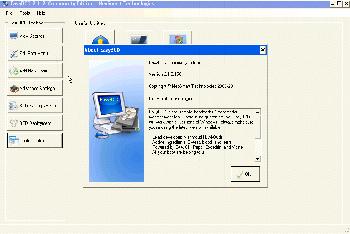
The first thing to do is check if you can use the grub> command prompt to actually boot into your ubuntu install. I then went back to Windows, ran EasyBCD and every way I tried (see above thread suggestions), always ended up with either with the grub> command prompt and sometimes nothing very much at all. I then installed Ubuntu into those partitions. I used the Windows partition manager to free up some hard disk space and then used live CD and GParted to create a /, /home and swap logical partitions. I had Windows 7 factory setup on a laptop and was trying to get Ubuntu to dual boot. I've just been through this as a Linux newbie this weekend and just(!) got this working. Then the GNU GRUB boot menu should appear. You should see something similar to the text below. When the Windows boot menu appears, select the EasyBCD entry you added to boot Linux. You need the bootloader, but you do not need a boot menu entry for it unless you are using it in some other way. Note: You can delete the entry for NeoGrub Bootloader if you wish. Select Edit Boot Menu from the sidebar to review your changes.Choose GRUB2 as the type of the entry and, optionally, edit the name of theĮntry you are about to add to the Windows Boot menu.Ĭlick the Add Entry button to add an entry to boot Linux (GRUB menu) to the Windows boot menu.
EASYBCD UBUNTU DOWNLOAD INSTALL
If the install worked correctly you will see the file C:\NeoGrub and the folder C:\NST.

EASYBCD UBUNTU DOWNLOAD CODE
Note: This adds the NeoGrub bootloader code to your C:\ folder.


 0 kommentar(er)
0 kommentar(er)
